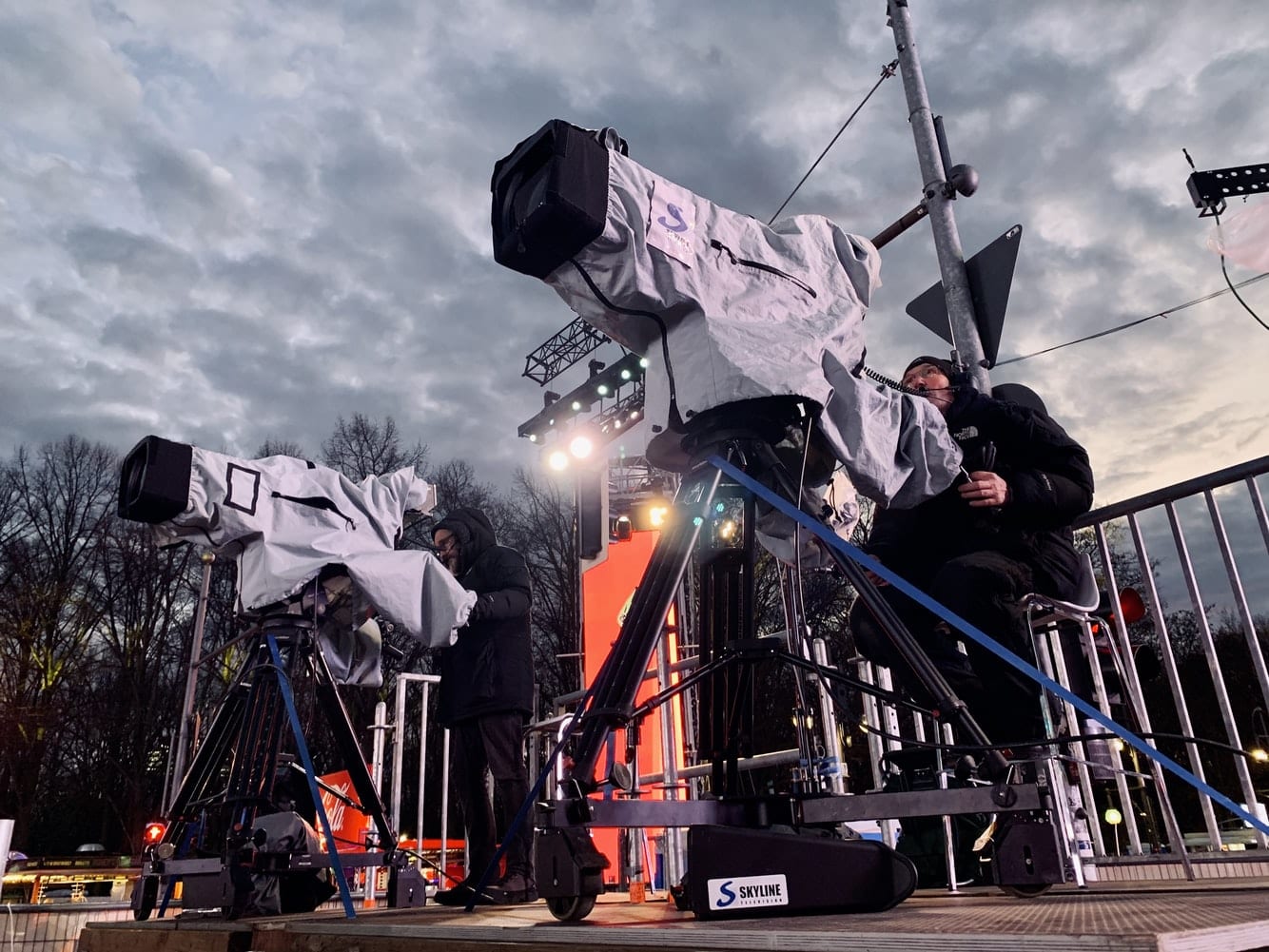Perfecting the Skill of Capturing High-Quality Sound at Real-Time Events
Wiki Article
Capturing high-quality sound during live events remains crucial for guaranteeing the the can fully appreciate the experience. Whether a musical performance, a conference, or a theater performance, crisp sound may significantly improve the impact on the event. In order to achieve this, it is crucial to comprehend the different elements related to audio recording as well as how to effectively efficiently handle them. The following piece shall explore key methods and tools that may help in mastering this craft of recording premium sound.
The first among initial primary steps in recording excellent sound in choosing the best equipment. Microphones play a vital part during this. There are numerous kinds of microphones, including dynamic-type, condenser-type, and lavalier microphones, each suited to particular circumstances. Dynamic microphones are often utilized in loud environments, such as concerts, because can manage elevated audio levels intensity. Conversely, condenser microphones tend to be generally responsive and tend to be ideal in calmer environments, such as talks and discussions. Understanding each advantages as well as disadvantages for each type shall assist in choosing the best microphone for the occasion.
Along with addition to the selecting a suitable mic, placing it correctly is vital for capturing clear sound. Proper positioning of the microphone may greatly affect the audio clarity. For example, positioning the microphone too distant away from its audio origin can result in faint sound, whereas placing it too near read more can cause clipping. One must important to achieve the balance that records full full spectrum in audio without losing quality. Experimenting with different positions prior to the occasion can help in finding a best position to achieve optimal audio quality.
A further crucial factor to take into account the the environment in which event takes place. Background noise can disturb with the clarity, rendering it difficult to audience members to hear the main primary audio origin. In order to reduce excess noise, one should helpful for one to conduct an sound check before an occasion begins. This enables an audio engineer in order to detect any possible issues as well as make changes if needed. Moreover, using acoustic insulation and placing the setup within a quieter location can additionally assist in reducing background sounds and improving the audio quality.

Finally, post-production has an significant part for enhancing sound clarity. After the occasion, sound editing tools may be utilized to refine the the, eliminate unwanted unwanted noise, as well as adjust levels to achieve consistency. This is is to ensuring the final final result achieves high quality. By taking time time in refine and enhance the audio, the final result will become a polished audio that accurately captures the real-time performance. Mastering such techniques shall not just improve audio clarity in sound captured during live events and also improve the overall enjoyment for the audience.